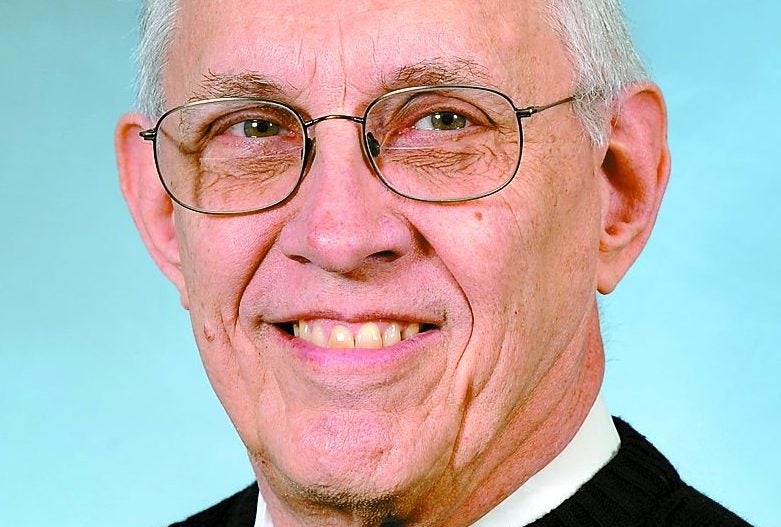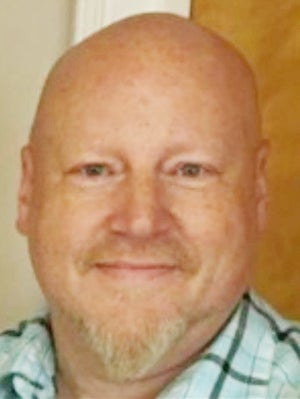WITT: Debate indicates sign ordinance needs clarified
Published 10:50 am Tuesday, May 19, 2020

- Chuck Witt is a retired architect and a lifelong resident of Winchester.
|
Getting your Trinity Audio player ready...
|
The recent question arising about the local sign ordinance, as reported in The Sun on May 11, and as it relates to periods of time allowed for the placement of political signage, illustrates a significant failure of that ordinance to be clear, concise and fair.
The fact that two candidates in the upcoming primary election each had a different interpretation of the wording of the ordinance is indicative of how muddled it must be.
These different interpretations were apparently further exacerbated by opinions from varying sources in local government.
The present ordinance designates that temporary (the term “political signs” was removed from the ordinance because of a Supreme Court ruling relating to “content neutrality”) signs may be erected “before or on April 15th and removed by the last day of May” and “on or after the first day of October and removed by November 15th.”
This section would seem to suggest yard sale signs could also only be erected during these time periods, although those are probably addressed as “incidental signs.” Another potential problem.
Regardless, the section above, as written, obviously could never have anticipated that the primary and general elections would ever occur on dates other than late May and early November, and that these dates might be adjusted because of a disease epidemic.
The difficulty of interpreting this ordinance under present circumstances — and in the future — could possibly be remedied by changing the section by removing references to specific calendar dates and simply designating the allowable time for these signs to be displayed as 30 days prior to and five days after either a primary or general election (or whatever length of time is deemed appropriate).
The various interpretations of the present ordinance pose an additional problem and question.
Since the ordinance is very specific, is it legal or proper for an elected official or an appointed public employee to make an interpretation of the ordinance if such an interpretation is not in full accord with the written content of that ordinance?
At first glance, it would seem that, even though unforeseen circumstances moved the primary election date this year, the dates in the ordinance would not have imposed very detrimental conditions on candidates to get their signs out and removed on the specified dates, even though doing so would have seen the removal of the signs about three weeks before the election.
From a purely legal viewpoint, it would seem that to apply the ordinance in any way other than to comply with the stipulated conditions would require an amendment to the ordinance by both the city and county (since it is a joint ordinance), or a ruling handed down through a judicial proceeding, both lengthy processes.
Two things are pretty clear: the ordinance needs to be modified to be made more precise, consistent and fair, and the signs for which this section of the ordinance was written are simply a nuisance anyway. They are a blight and do nothing to inform citizens about a candidate, and they are all too often placed on public rights-of-way, which is illegal. When placed there and allowed to remain, they suggest to others that placing signs in those locations is acceptable, and then signs begin to appear like springtime dandelions.
Chuck Witt is a retired architect and a lifelong resident of Winchester. He can be reached at chuck740@bellsouth.net.




